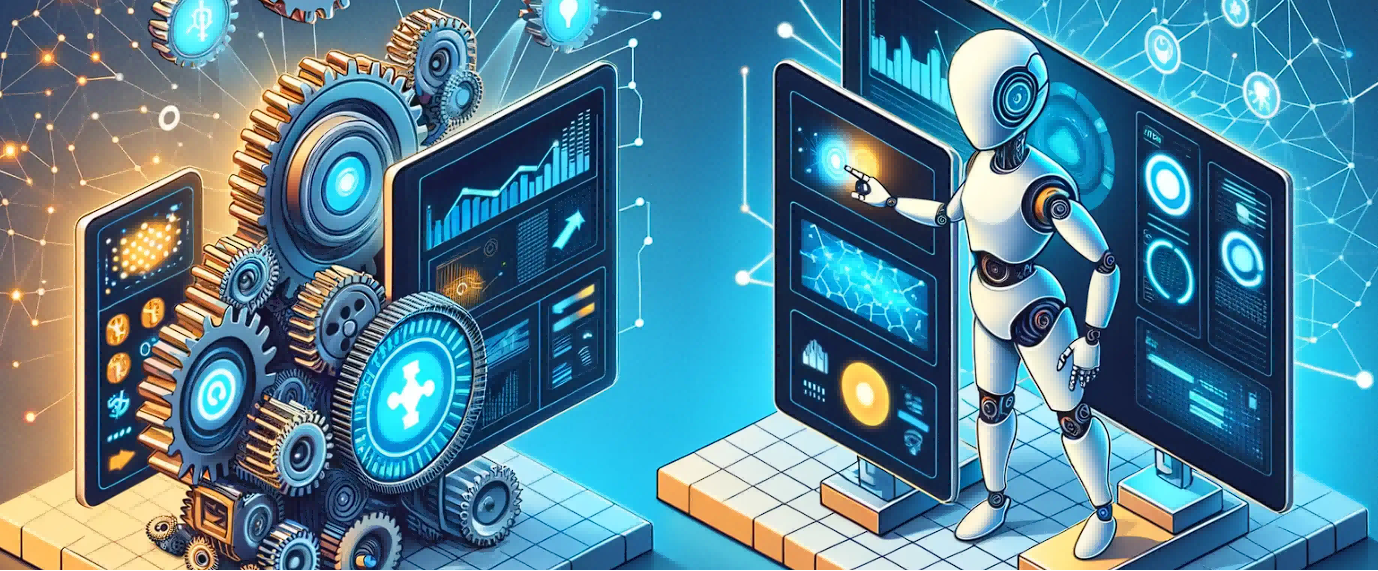AI agents are transforming industries by automating tasks, analyzing data, and making intelligent decisions. Whether for customer support, data analytics, or real-time decision-making, building a custom AI agent requires a strategic approach. This guide walks you through the essential steps to develop a robust AI agent tailored to your needs.
Step 1 - Define the Objectives
Before development begins, clearly define your AI agent’s purpose and tasks. Will it provide personalized recommendations, automate workflows, or assist users with queries? Setting well-defined objectives helps guide architecture and functionality decisions.
Step 2 - Gather and Prepare Data
Quality data is the foundation of an effective AI agent. Collect relevant datasets such as text, images, audio, or structured information, depending on your agent’s use case. Ensure diversity and accuracy for improved training outcomes.
Step 3 - Choose the Right LLM and AI Technologies
Not all large language models (LLMs) are equal. Selecting the right AI tools ensures optimal performance:
-
Choose an LLM that excels in reasoning benchmarks.
-
Support chain-of-thought (CoT) prompting for better decision-making.
-
Ensure consistent and reliable outputs.
Experiment with different models and fine-tune prompts to enhance reasoning capabilities.
Step 4 - Design the AI Agent’s Control Logic
Your AI agent must operate based on defined logic:
-
Tool Use: Calls external tools only when necessary.
-
Basic Reflection: Generates, critiques, and refines responses.
-
ReAct (Reasoning + Acting): Plans, executes, observes, and iterates.
-
Plan-then-Execute: Structures all steps before execution.
Choosing the right approach improves the agent’s reasoning and reliability.

Step 5 - Define Core Instructions & Features
Set operational rules to guide the AI agent’s interactions:
-
How should it handle unclear queries? (Ask clarifying questions.)
-
When should it use external tools?
-
What output formats should it follow? (Markdown, JSON, etc.)
-
What should its interaction style be? (Formal, conversational, structured.)
Clear system prompts help shape predictable and structured behavior.
Step 6 - Implement a Memory Strategy
LLMs don’t inherently remember past interactions, so implementing a memory strategy is crucial:
-
Sliding Window: Retains recent exchanges while discarding older ones.
-
Summarized Memory: Condenses key takeaways from conversations.
-
Long-Term Memory: Stores user preferences for personalized responses.
A financial AI agent recalls a user’s risk tolerance from previous interactions.
Step 7 - Equip the AI Agent with Tools & APIs
To expand its capabilities, integrate external tools:
-
Name: Clearly defined and intuitive (e.g., “StockPriceRetriever”).
-
Description: Explains functionality and expected behavior.
-
Schemas: Defines structured input/output formats.
-
Error Handling: Manages tool failures effectively.
Example: A customer support AI retrieves order details from a CRM API.
Step 8 - Define the AI Agent’s Role & Key Tasks
A well-defined role enhances efficiency. Clearly state:
-
Mission: (e.g., “I analyze financial data to generate insights.”)
-
Key Tasks: (Summarizing, visualizing, analyzing.)
-
Limitations: (e.g., “I do not provide legal advice.”)
Example: A finance-focused AI sticks to financial insights and avoids unrelated topics.
Step 9 - Handling Raw LLM Outputs
Post-processing ensures structured, accurate responses:
-
Convert AI output into structured formats (JSON, tables, charts).
-
Validate correctness before delivering responses.
-
Ensure proper execution of external tools.
Example: A financial AI extracts data and formats it into a structured JSON file.
Step 10 - Scaling to Multi-Agent Systems (Advanced)
For complex workflows, multiple AI agents can collaborate. Consider:
-
Information Sharing: Define how agents communicate and share context.
-
Error Handling: Plan for failures and fallback strategies.
-
State Management: Enable task pausing and resumption.
Example: One agent fetches raw data, Another agent summarizes it, A third generates a final report
Integrate, Deploy, and Continuously Improve
Once built, integrate your AI agent into its target environment, ensuring compatibility with existing systems and user interfaces. Monitor its performance, gather user feedback, and refine it through iterative improvements to enhance efficiency and reliability.
By following these steps, you can build AI agents that are intelligent, efficient, and adaptable for various business applications.